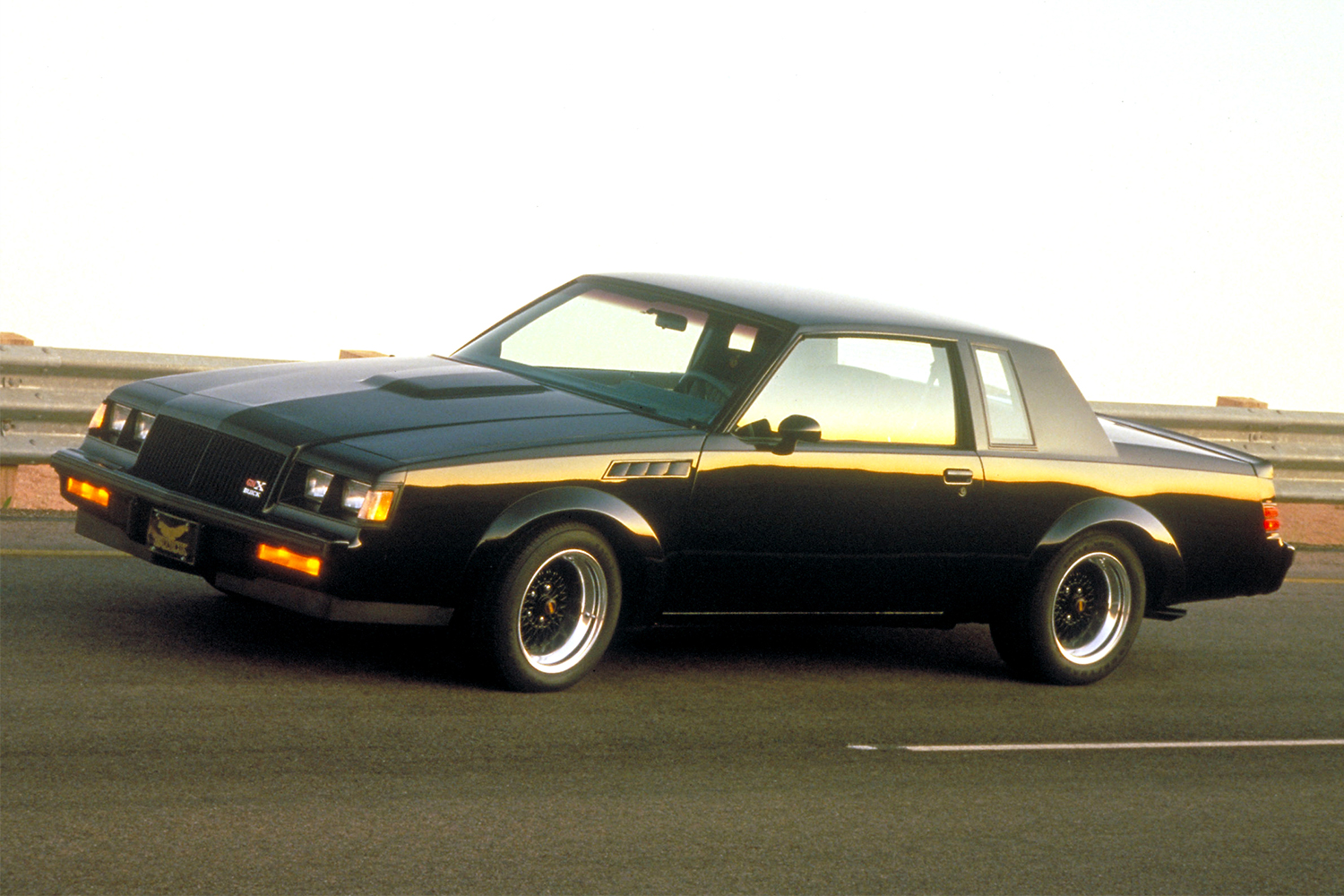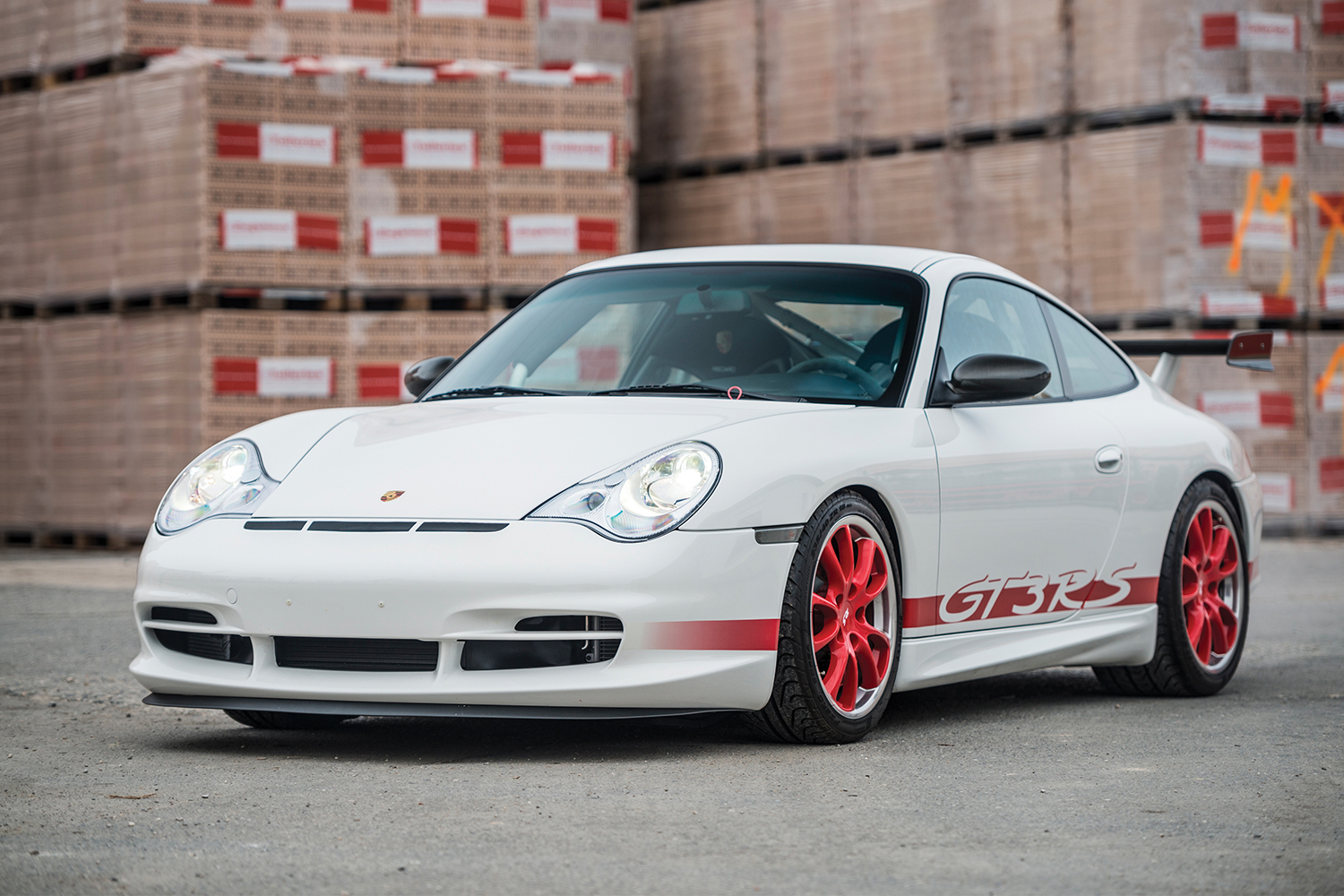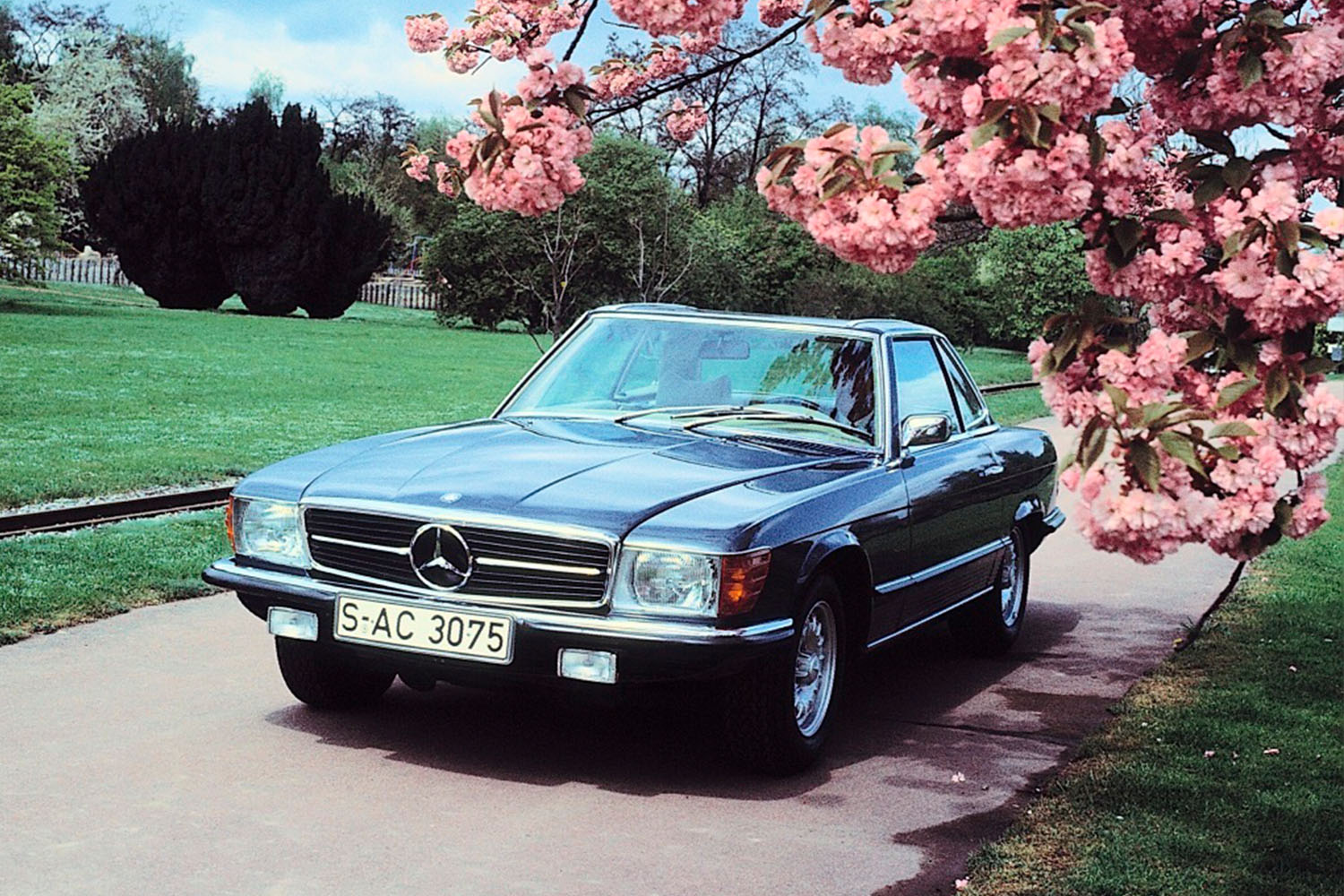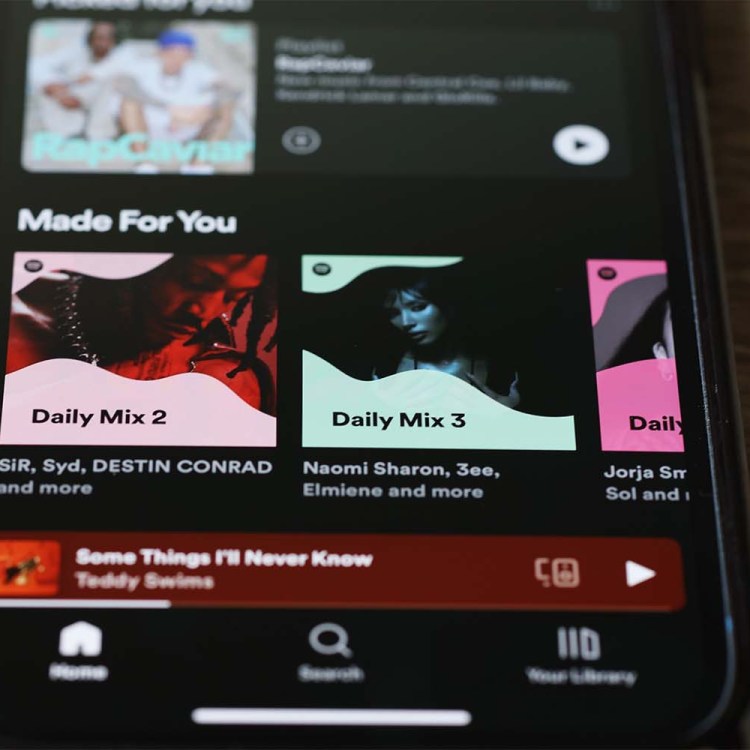The car-collecting world is increasingly fascinated by the concept of “barn finds.” These low-mileage cars have been tucked away in a shed and essentially forgotten by their original owners, only to emerge blinking under the glare of auction-block lights decades later to both fanfare and shockingly high transaction prices.
Although the pace of discovery associated with barn finds seems to be accelerating in recent years, the phenomenon is not a new one. In fact, over the past 30 years, it’s become increasingly common for collectors to manufacture this type of long-term automotive isolation by purchasing brand-new vehicles and then concealing them in a hermetically-sealed bubble — or as close as they can get in their garage — with next to no miles on the odometer. The hope is that, decades hence, these cherry-picked vehicles will replicate the appreciation of their predecessors.
In almost every case the vehicles are selected due to their perceived scarcity, their prestige or the popular trends of the time, with the idea that present heat will translate into future profits. The problem with this strategy is that unlike past blockbuster barn finds, which are seen through the lens of history, trying to guess which cars will engender the same six-to-seven-figure lust down the road is akin to reading tea leaves soaked in motor oil.
That said, is it possible? We wanted to see whether owners can actually come out ahead on some of the most common “put away when new” cars and trucks versus sticking the purchase price in a more traditional investment vehicle, such as the stock market. To do that, we set some ground rules: we didn’t include the cost of garage rent, electricity or insurance on these vehicles, and on the stock side we didn’t loop in fund management fees or tax situations that might allow for flexibility in claiming profits (but we did include dividend reinvestment).
Does prognosticating blue-chip automotive investments actually work, or is it better to just dump the window sticker in an index fund that tracks the S&P 500? Let’s look at three high-buck auction sales to find out.

On a Long Enough Timeline, You Get Crushed by Compound Interest
One of the most popular of the current crop of time-capsule cars put away in the hopes of future profits is the Buick GNX, or Grand National Experimental. A paragon of turbocharged ‘80s excitement, the GNX was the apex predator of Buick’s sport coupe line, with a small number of these all-black hot rods specially prepared by ASC/McLaren to feature a 276 horsepower version of the company’s 3.8-liter V6. Also capable of generating 360 lb-ft of torque, the GNX’s drivetrain, and its sinister appearance, quickly became legends in an era where even the vaunted Chevrolet Corvette was slower than its Buick cousin.
The most extreme example of low-mile madness involving the Buick GNX is an 8.5-mile 1987 example that was sold by auction site Bring a Trailer in 2019. With its seats still wrapped in their original plastic and the dashboard covered by the dealer-removable protective screen, the car went for an astounding $200,000. That easily eclipsed the amount paid in 2015 for an ’87 at Barrett-Jackson Palm Beach, a 387-mile car that sold for $165,000.
The original bill of sale for the Bring a Trailer GNX came out to $29,290, which equates to $65,917.20 in 2019 when accounting for inflation. This means the seller cleared $134,082.80 in adjusted dollars, for a return on their initial investment of 203%.
Taking that same amount, investing it in an S&P 500 index fund, and then completely forgetting about it yields a startling 9.8% annualized return from 1987 to 2019. That $29K would have blossomed into $708,322.93 during exactly the same time period, for a whopping 974% return.
Verdict: If you’re going to dump your savings into collectible metal, a Buick isn’t going to impress your retirement planning advisor.

Shorter Timeframes Favor Rare Toys of the Uber Rich
Lamborghini has gotten into the habit of building extremely low-production supercars that seem specifically aimed at speculators angling to make good on an investment they can ogle in the garage for a few years before liquidating it and moving on.
A perfect example of this strategy is the Lamborghini Veneno Roadster, a topless version of the ultra rare (read: only three built) coupe of the same name. Motivated by a near-700 horsepower V12 engine, and featuring outrageous bodywork and tarmac-tearing all-wheel drive, the Veneno Roadster was intended as a race car for the road. Only nine were produced, and the retail sticker was $4 million.
In 2019, a Venemo Roadster was offered at auction in Geneva by Bonhams. The car had just over 200 miles on the odometer, which indicated it had only ever been driven from garage to transport truck to concours, and then back again. The final sale price on the vehicle set a record for the entire Lamborghini brand, checking in at $8,337,182 (not including the auction premium). That’s a profit of $4,017,484.11 in adjusted dollars, and a spiffy return of 93% in just five years of ownership.
Can the market match? A strong bull run at the end of the twenty-teens sees a $4 million S&P position net investors $6,320,003.29, throwing off just over $2 million in profit. That’s only a 50% ROI, however, compared to the ultra-hot Lamborghini.
Verdict: When “limited production” means “fewer than 10” and the original asking price is in the millions, your odds are better as an automotive investor. It’s a function of owning something no one else can buy, at a price few can afford in the first place, so when it does come on the market it’s snapped up aggressively.

Sometimes Steel Is More Stable Than Stocks
The 996 generation Porsche 911 has always been an outlier in the world of sports car collecting. Controversial due to its switch from an air-cooled to a water-cooled engine, and with styling that was derided due to its “fried-egg” headlights and larger proportions compared to the more classic 911 that came before it, it’s taken the 996 a long time to find buyers willing to pay a premium as it approaches classic status.
This makes the idea of a “buy and hold” 996 somewhat of a novelty, even one was uncommon as the 2004 Porsche 911 GT3 RS. The rare track-oriented model offered a hardcore suspension setup, a high-revving engine and a relatively stripped-down interior. Just under 700 were built, and the car was offered exclusively outside the American market.
How well did the seller of a sub-150-mile GT3 RS do when the car went up for sale at Sotheby’s in Paris back in 2017? It passed under the gavel for the equivalent of $419,126.40 USD. Given that the car sold new in 2004 for roughly $111,200 USD, that gives the seller an inflation-adjusted profit of $274,831.30. Over 13 years, the Porsche owner saw a return of 190%.
The equity investment window from 2004 to 2017 saw more than a little turmoil caused by the 2008 financial crisis, which created several scary years for investors with short term positions. A $111,200 investment in our S&P 500 index during this time blossoms in value to $290,420.70, which works out to $146,125.60 in adjusted profit. That’s a return of 101%.
Verdict: A longer window than the Lamborghini example, but market volatility — which is applicable to both automotive and equity investments — sees this Porsche pull down an unexpectedly handsome profit versus the stock index.
This article was featured in the InsideHook newsletter. Sign up now.

























